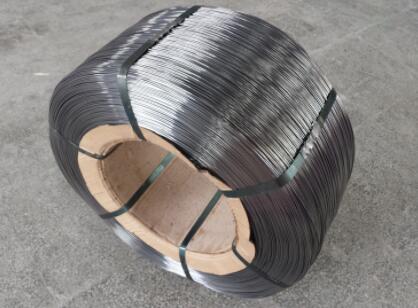The Perfect Indoor Quail Cage A Comprehensive Guide
If you're considering raising quails as pets or for their eggs, creating a suitable indoor environment is essential to their well-being. Quails are relatively small birds that require specific housing to thrive, especially when kept indoors. This article explores the key aspects of designing and maintaining an optimal indoor quail cage, ensuring your feathered friends remain healthy, happy, and productive.
Understanding Quail Needs
Before setting up an indoor quail cage, it’s crucial to understand the primary needs of quails. These birds require ample space, proper ventilation, a safe environment, and access to light and temperature control. Typically, quails thrive best in pairs or small groups, making it important to consider the number of birds you plan to keep when designing your cage.
Space Requirements
Quails need enough space to move around and exhibit natural behaviors. A general rule of thumb is to allocate at least 1 square foot per quail. However, providing an even larger area can enhance their quality of life. If space allows, consider building a multi-level cage that incorporates various levels for perching, nesting, and foraging. This not only maximizes available space but also fosters physical activity essential for their health.
Cage Construction
When building or buying an indoor quail cage, use materials that are safe and easy to clean. Here are some essential components for a suitable cage
1. Frame and Walls The structure can be made from wood or metal, but ensure the material is durable. For the walls, wire mesh can provide ventilation while preventing escapes. The openings in the mesh should be small enough to keep out predators like cats.
2. Flooring It’s important to choose a flooring option that is easy to clean. Some owners opt for wired flooring that allows droppings to fall through, making cleaning simpler. However, be cautious as this can sometimes be uncomfortable for the birds. Consider adding a solid section with bedding materials such as straw or pine shavings for comfort.
3. Ventilation Proper ventilation is crucial for preventing respiratory issues and maintaining a healthy environment. Ensure there are adequate openings in the cage design and consider placing the cage in an area with good airflow.
Environmental Enrichment
quail cage indoor

Indoor quails require mental stimulation to thrive. Incorporating environmental enrichment is an effective way to keep your quails entertained. Here are some ideas
- Perches Provide perches at various heights to encourage climbing and provide exercise. Use natural wood branches to keep it interesting.
- Nesting Boxes Female quails need a safe place to lay eggs. Small nesting boxes filled with soft bedding materials like hay or shredded paper will help create a comfortable environment for them.
- Toys Introduce toys that are safe for birds, such as hanging mirrors or platforms to promote foraging behavior and interaction.
Temperature and Light
Quails prefer a temperature range between 65°F to 80°F (18°C to 27°C). It’s essential to monitor the temperature of the indoor environment where they are housed. In extreme temperatures, consider using heating pads or fans as necessary.
Proper lighting is also an essential factor in quail health, particularly if you want them to lay eggs. Quails need about 14 hours of light per day to maintain their laying cycle. Use full-spectrum bulbs to mimic natural sunlight and consider a timer for convenience.
Health and Care
Regular health check-ups are crucial for maintaining your quail's well-being. Be observant for signs of illness, such as changes in behavior or appetite. Providing a balanced diet rich in vitamins and minerals will keep your quail healthy and ensure they produce high-quality eggs. Fresh greens, grains, and commercial quail feed should constitute a significant portion of their diet.
Conclusion
Creating the perfect indoor quail cage requires thoughtful consideration of their specific needs. By ensuring they have adequate space, proper ventilation, environmental enrichment, and temperature control, you can provide a thriving habitat for your quail. Raising quails can be a rewarding experience, yielding both companionship and the delight of fresh eggs. With the right setup, both you and your quail will thrive together.

















